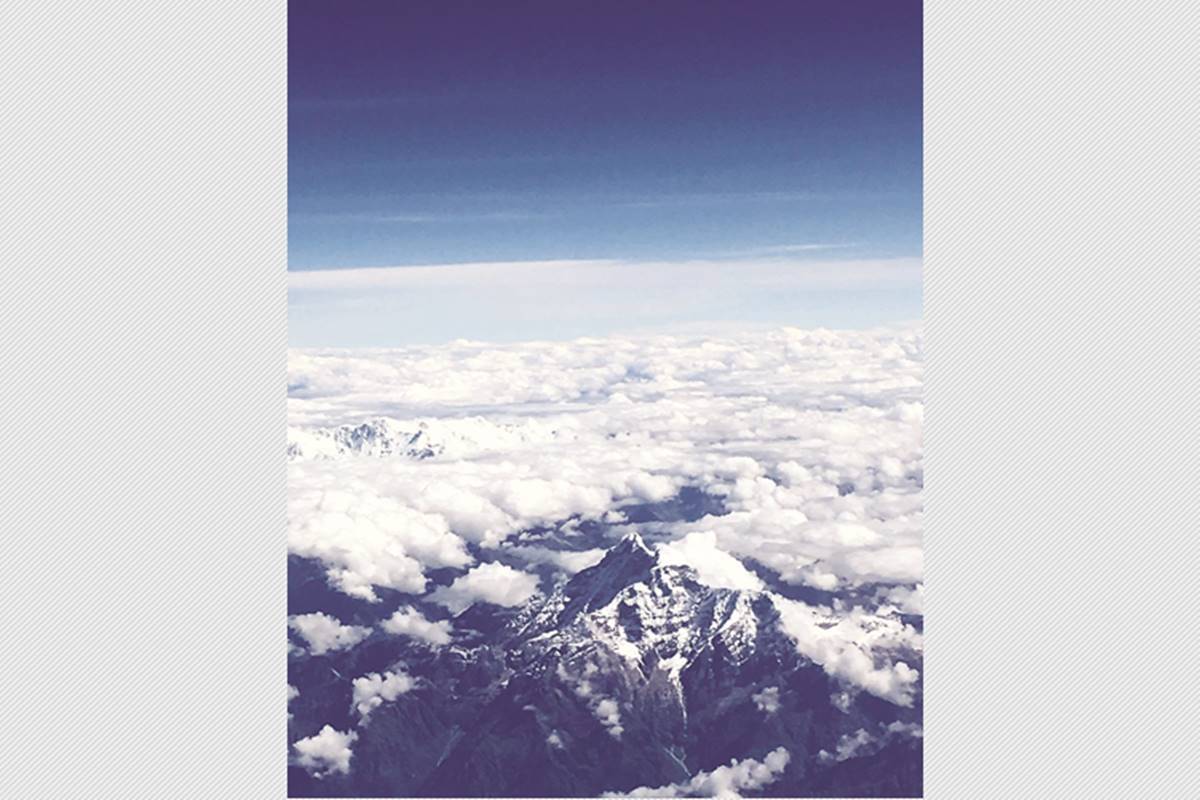Products You May Like

In September 1962, JF Kennedy spelt out one of the greatest ambitions of the last century — to land an American on the moon before the end of the decade. The race to the space had been on for several years between the two world powers, with the Soviets beating the US twice, by launching the world’s first artificial satellite and then sending Yuri Gagarin to space. As the US president spelt out his dream, he invoked the great British mountaineer, George Mallory, who died in June 1924 a little before reaching the top of Mount Everest in an attempt to scale the highest peak. Comparing Everest with the moon, Kennedy asserted that “we are going to climb it”.
A defining moment of the space race invoked the race to the Himalayas that the planet had witnessed in the preceding decades. We are all familiar with Tenzing Norgay and Edmund Hillary, but before them came a series of climbers who had dreamt of the mighty Himalayas, who had succeeded in scaling various Himalayan peaks before Everest was “knocked off”.
Related News
Scott Ellsworth’s The World Beneath Their Feet: The British, The Americans, The Nazis and the Race to Summit the Himalayas brilliantly documents and narrates the passionate decades of the mid-twentieth century in which several world powers were competing with each other to scale the mighty mountains.
It’s a book about people who carried Dickens and Dostoyvesky on their way to the highest peaks. It’s about British climber Eric Shipton, who in a tiny tent pitched along a murderous ridge on way to Everest, read under candlelight Thorton Wilder’s The Bridge of San Luis Rey, a novel about the meaning of life in the aftermath of the sudden collapse of an ancient rope bridge in 18th century Peru. It’s about an era when the planet had not arrived on Google maps and routes to various peaks had not yet been found.
The great mountains began to register human footfalls in the nineteenth century when during a frantic period in the 1850s and 1860s, as many as 36 peaks in the Alps were climbed for the first time. British mountaineers were involved in a staggering 31 of these summits. In the next century began the race to the roof of the world. The immediate trigger was Mallory’s death that prompted meticulous plans to climb the highest geographical hurdle known to mankind. Such was Mallory’s influence that a documentary film The Epic of Everest was immediately made about his 1924 expedition, with some scenes shot at 23,000 feet.
Ellsworth vividly records the various summits in the subsequent decades — K2, Nanda Devi and Nanga Parbat, “one of the most dramatic of all the Himalayan peaks”. The Nazis also joined in, so did the Americans before a British expedition accomplished the tallest summit in 1953.
Eric Shipton, who had spent more time on Everest than anyone else, was to be the leader of this Everest expedition. In 1933, he had made it past Camp Six to within 1,600 feet of the summit. He had led the 1936 expedition and was a member of the 1938 attempt. He had also discovered several routes to the summit. But he was also a romantic, in a reverential love with Everest. In his 1943 book, Upon That Mountain, he had written that “there are some, even among those who have themselves attempted to reach the summit, who nurse a secret hope that Mount Everest will never be climbed. I must confess to such feelings myself”.
A climber with such sentiments towards his subject could not have been possibly assigned the duty.
A British Army officer John Hunt was then appointed the leader of the expedition team that had 11 British and two climbers from New Zealand, besides a young journalist of the Times James Morris, who devised a secret code to transmit the scoop of the summit to his newspaper in London. Tenzing was hired as a sirdar, who had brought in several more sherpas and porters, half of them women.
And what were they reading on their way to Everest? Nicholas Nickleby, The Brothers Karamazov and the Oxford Book of Greek Verse.
Let me recount a personal anecdote to describe the life of a mountaineer. A few years before I met Dicky Dolma, who was once the youngest woman to summit Everest, at a friend’s gathering in Shimla. She enthralled us with her fascinating stories of the summit, the deep sleeps and quiet deaths. Perhaps the most perfect death, she said, arrives on a high peak. Exhausted by a long climb and battling with icy winds and harsh sun, you sit on a boulder and close your eyes to let the moment sink in — and you are gone.


 Blank vertical book template.
Blank vertical book template.Bodies of several climbers are strewn on the way to Everest that now serve as milestones. And yet people make the summit. Ellsworth wonderfully records the heights of human ambition, meticulously digs into archives and personal diaries to illuminate the lives of climbers.
After the summit a reporter asked Tenzing about his nationality. “What difference does it make? We should all be the same — Hillary, myself, Indian, Nepali, everybody.” Those were the days, and those were the climbers.
Ashutosh Bhardwaj is an award-winning writer and journalist. His recent book, The Death Script, received the Atta Galatta Non-Fiction Book of the Year award.
The World Beneath Their Feet
Scott Ellsworth
Hachette
Rs 699, Pp 416
Get live Stock Prices from BSE, NSE, US Market and latest NAV, portfolio of Mutual Funds, Check out latest IPO News, Best Performing IPOs, calculate your tax by Income Tax Calculator, know market’s Top Gainers, Top Losers & Best Equity Funds. Like us on Facebook and follow us on Twitter.
Financial Express is now on Telegram. Click here to join our channel and stay updated with the latest Biz news and updates.
